
Exhibition of Tony Cragg at Jiří Švestka Gallery
“Tony Cragg is one of the most significant artists of the present day. His extensive sculptural work cannot be assigned to any artistic trend; it is entirely individual...” The opening sentences from the catalog for the exhibition of British artist Tony Cragg in Prague's Nová síň in 1995 can confidently be used even after ten years. The sculptor, who is often described as a direct successor to Henry Moore, prepared for GALERIE JIŘÍ ŠVESTKA a selection of his best works created between 1998 and 2005. While in the mid-90s he captivated the audience with raw aesthetics, playfulness, and surreal combinations of materials and their forms, in 2006 he presents a more compact collection in Prague. It consists of seven robust bronze objects and two glass installations. The poetic range moves from industrial reminiscences to imaginative motifs of human or animal figures. Jiří Švestka describes this selection: “Tony Cragg builds on three previous Czech exhibitions and selects sculptures for the local audience that document shifts in his work over the past ten years. In addition to the sculptures, we also have an extensive collection of his excellent graphics.” The exhibition at GALERIE JIŘÍ ŠVESTKA will be on view from February 10 to April 1, 2006. Coincidentally, three of Cragg's twelve-meter sculptures will become symbols of the upcoming XX. Winter Olympics in Turin.
Tony Cragg's creative path (born 1949 in Liverpool, lives and works in Wuppertal, Berlin, and London) was influenced by his father's profession – an aircraft designer. Young Anthony Cragg devoted himself to studying the natural sciences, mainly chemistry, before turning to art. On one side, technology and on the other, nature became the essences of his early works. Later, in the 1980s, he created relief paintings from plastic waste and driftwood, where the composition often conformed to the used material. Jiří Švestka speaks of "the dazzlement of material" and finds parallels between Cragg's work and the arte povera movement in this period. In the early 90s, Tony Cragg mainly focused on the metaphor of technical devices that had lost their function. Their shards, fragments of equipment, or merely partially damaged objects pointed, among other things, to the relativity of civilizational progress – his products resemble archaeological excavations at the same time...
In exhibitions at Prague's Nová síň, the National Gallery (Waldstein Riding School), and the Brno House of Arts in 1995, Cragg also showcased his latest works, which were closer to classic sculpture of the Michelangelo-Rodin legacy. However, despite the more traditional form, pressing questions and exclamation marks in the content did not disappear. Since the early 90s and up to the present day, Cragg's expressive range has expanded immensely: his portfolio has included authentic organic shapes (the Trilobite series) and multilayered, metaphorical objects. His sculptures are, on one hand, delicate and meticulously detailed, while on the other hand, they tend towards monumentality.
However, this is not at the expense of their readability. Although Cragg understands this property in a different way than “interpretative.” “For perception, it is important to develop basic senses – sight, touch, smell, and hearing – and to be aware of them when perceiving images and objects. This is the purpose of art,” says Tony Cragg. Jiří Švestka adds that the sculptor's works do not necessarily seek an informed viewer – they seek a partner who is sufficiently open and perceptive.
Nine sculptures on display at GALERIE JIŘÍ ŠVESTKA correspond to several common features of Cragg's work. They are multifaceted, have an engaged relationship with social events, and are characterized by supreme aesthetic quality. They often embody feelings, thoughts, or visions. At the same time (for example, in the work Wild Relatives), Cragg pursues a similar goal as computer animations. There is an increase and layering, a dynamization. A reviewer from the French publication Paris Art last year described these sculptures as a unique reflection of genetic experiments.
Gallery owner Jiří Švestka ranks Cragg among the most important artists of our time. “Tony, like no other sculptor of the second half of the 20th century, has been opening themes that are vital for the future of human society for over thirty years. Initially, it was the relationship with nature, later he touched on the theme of waste, then the relation to old mechanical technology, and now his sculptures point to the relativity of individual identity. Due to the relevance of these themes, it seems as if he still belongs among young European authors. Meanwhile, he has been a recognized classic for a long time. I am very pleased to be able to present his works to the Czech audience again after ten years.”
Tony Cragg is a holder of the prestigious Turner Prize and many other awards. Since 1994, he has been a member of the Royal Academy of Arts in London. He exhibits worldwide, including the most significant public and private galleries and museums: Centre George Pompidou in Paris, Tate Gallery in London, Museum of Contemporary Art in Los Angeles, or Lenbachhaus in Munich.
Tony Cragg's creative path (born 1949 in Liverpool, lives and works in Wuppertal, Berlin, and London) was influenced by his father's profession – an aircraft designer. Young Anthony Cragg devoted himself to studying the natural sciences, mainly chemistry, before turning to art. On one side, technology and on the other, nature became the essences of his early works. Later, in the 1980s, he created relief paintings from plastic waste and driftwood, where the composition often conformed to the used material. Jiří Švestka speaks of "the dazzlement of material" and finds parallels between Cragg's work and the arte povera movement in this period. In the early 90s, Tony Cragg mainly focused on the metaphor of technical devices that had lost their function. Their shards, fragments of equipment, or merely partially damaged objects pointed, among other things, to the relativity of civilizational progress – his products resemble archaeological excavations at the same time...
In exhibitions at Prague's Nová síň, the National Gallery (Waldstein Riding School), and the Brno House of Arts in 1995, Cragg also showcased his latest works, which were closer to classic sculpture of the Michelangelo-Rodin legacy. However, despite the more traditional form, pressing questions and exclamation marks in the content did not disappear. Since the early 90s and up to the present day, Cragg's expressive range has expanded immensely: his portfolio has included authentic organic shapes (the Trilobite series) and multilayered, metaphorical objects. His sculptures are, on one hand, delicate and meticulously detailed, while on the other hand, they tend towards monumentality.
However, this is not at the expense of their readability. Although Cragg understands this property in a different way than “interpretative.” “For perception, it is important to develop basic senses – sight, touch, smell, and hearing – and to be aware of them when perceiving images and objects. This is the purpose of art,” says Tony Cragg. Jiří Švestka adds that the sculptor's works do not necessarily seek an informed viewer – they seek a partner who is sufficiently open and perceptive.
Nine sculptures on display at GALERIE JIŘÍ ŠVESTKA correspond to several common features of Cragg's work. They are multifaceted, have an engaged relationship with social events, and are characterized by supreme aesthetic quality. They often embody feelings, thoughts, or visions. At the same time (for example, in the work Wild Relatives), Cragg pursues a similar goal as computer animations. There is an increase and layering, a dynamization. A reviewer from the French publication Paris Art last year described these sculptures as a unique reflection of genetic experiments.
Gallery owner Jiří Švestka ranks Cragg among the most important artists of our time. “Tony, like no other sculptor of the second half of the 20th century, has been opening themes that are vital for the future of human society for over thirty years. Initially, it was the relationship with nature, later he touched on the theme of waste, then the relation to old mechanical technology, and now his sculptures point to the relativity of individual identity. Due to the relevance of these themes, it seems as if he still belongs among young European authors. Meanwhile, he has been a recognized classic for a long time. I am very pleased to be able to present his works to the Czech audience again after ten years.”
Tony Cragg is a holder of the prestigious Turner Prize and many other awards. Since 1994, he has been a member of the Royal Academy of Arts in London. He exhibits worldwide, including the most significant public and private galleries and museums: Centre George Pompidou in Paris, Tate Gallery in London, Museum of Contemporary Art in Los Angeles, or Lenbachhaus in Munich.
The English translation is powered by AI tool. Switch to Czech to view the original text source.
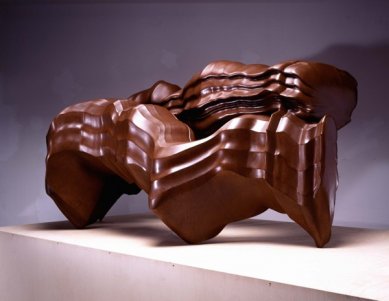
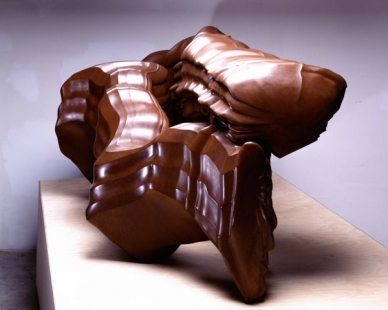
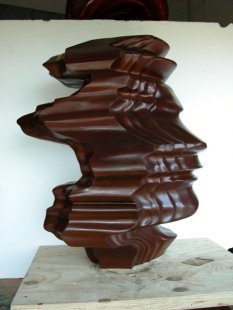
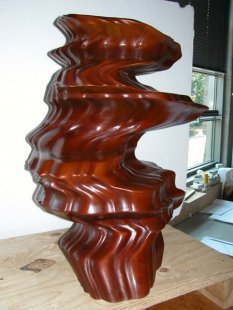
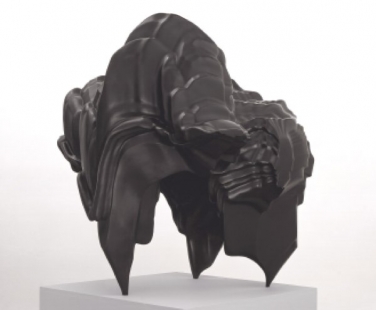
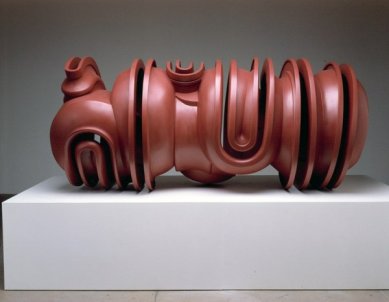
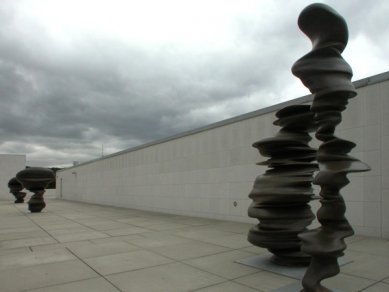
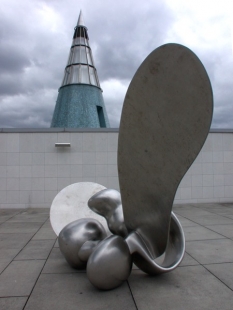
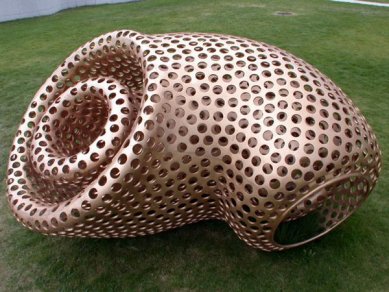
0 comments
add comment






